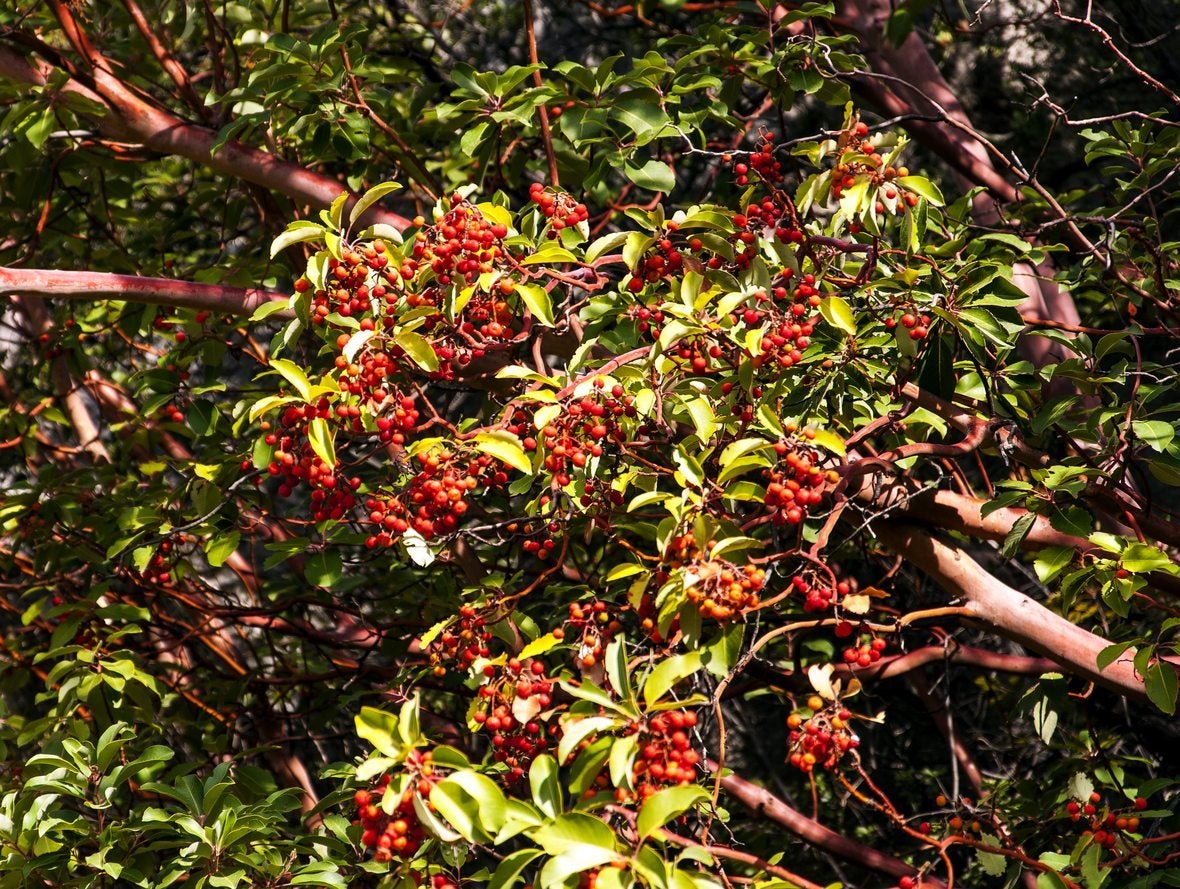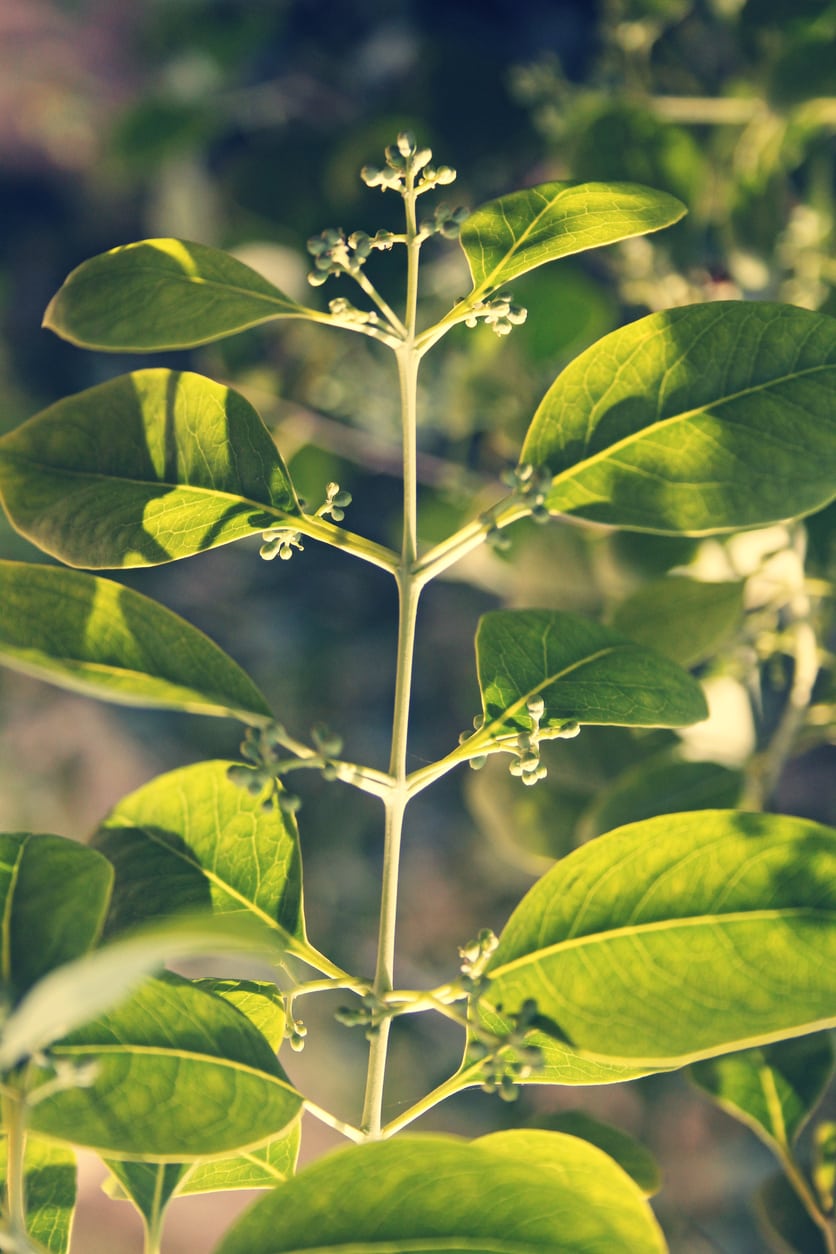What Is Sandalwood – How To Grow Sandalwood In The Garden


Most people who are into aromatherapy and essential oils are aware of the unique, relaxing fragrance of sandalwood. Due to this highly desired fragrance, native varieties of sandalwood in India and Hawaii were nearly harvested to extinction in the 1800's. So great was the demand for sandalwood by greedy kings of Hawaii that much of the agricultural workers had to grow and harvest only sandalwood. This resulted in many years of terrible famine for the people of Hawaii. Many areas of India suffered similarly to provide merchants with sandalwood. Besides just a fragrant essential oil, what is sandalwood? Continue reading for sandalwood tree information.
What is Sandalwood?
Sandalwood (Santalum sp.) is a large shrub or tree hardy in zones 10 and 11. While there are over 100 species of sandalwood plants, most varieties are native to India, Hawaii, or Australia. Depending on variety and location, sandalwood may grow as 10 foot tall (3 m.) shrubs or trees up to 30 feet tall (9 m.). They are often found in areas with poor, dry, clay or sandy soils. Sandalwood trees are tolerant of high wind, drought, salt spray and intense heat. They prefer full sun but will grow in part shade. They are used in the landscape as hedges, specimen plants, shade trees, and xeriscaping plants. The flowers and wood of sandalwood are harvested for the plant’s fragrant essential oil. Plants are harvested between 10 and 30 years of age because the natural essential oils increase in potency with age. Besides just smelling nice, sandalwood essential oil is anti-inflammatory, antiseptic, and anti-spasmodic. It is a natural astringent, stress reducer, memory booster, deodorant, and acne and wound treatment. In India, Hawaii, and Australia, sandalwood bark and leaves were used as a laundry soap, shampoo for dandruff and lice, and to treat wounds and body aches.
How to Grow Sandalwood Tree
Sandalwood trees are actually semi-parasitic. They send out specialized roots that attach to the roots of host plants, from which they suck xylem from the host plant. In India, sandalwood’s tendency to use Acacia and Casuarina trees as host plants caused the government to enforce growing restrictions on sandalwood. Care for sandalwood plants is very simple because they are so tolerant of tough growing situations, but they must be provided with host plants to grow properly. For the landscape, sandalwood host plants can be plants in the legume family, shrubs, grasses, or herbs. It’s not wise to plant sandalwood too close to other specimen trees that they may use as host plants. Male and female plants must both be present for most varieties of sandalwood trees to produce fruit and seed. To grow sandalwood from seeds, the seeds require scarification. Since it is mostly the heartwood, leaves, or flowers of sandalwood that are used herbally, one plant is usually sufficient in the landscape, but if you wish to propagate more plants from seed, you will need to make sure you have male and female plants.
Gardening tips, videos, info and more delivered right to your inbox!
Sign up for the Gardening Know How newsletter today and receive a free copy of our e-book "How to Grow Delicious Tomatoes".
-
 Looking For Plants To Give You The Soft And Fuzzies? Try These 5 Fuzzy Leaf Plant Options
Looking For Plants To Give You The Soft And Fuzzies? Try These 5 Fuzzy Leaf Plant OptionsLovers of texture, drama, silver foliage and tactile plants will adore these special sensory garden additions. These fuzzy leaf plant options will leave you all aglow
By Susan Albert
-
 Get Ready For A Summer Of Hummers! Grow These Full Sun Hummingbird Plants and Flowers
Get Ready For A Summer Of Hummers! Grow These Full Sun Hummingbird Plants and FlowersIf you’re lucky enough to enjoy a sunny backyard, make sure you are maxing out on your pollinator opportunities and grow these full sun hummingbird plants and flowers
By Tonya Barnett
